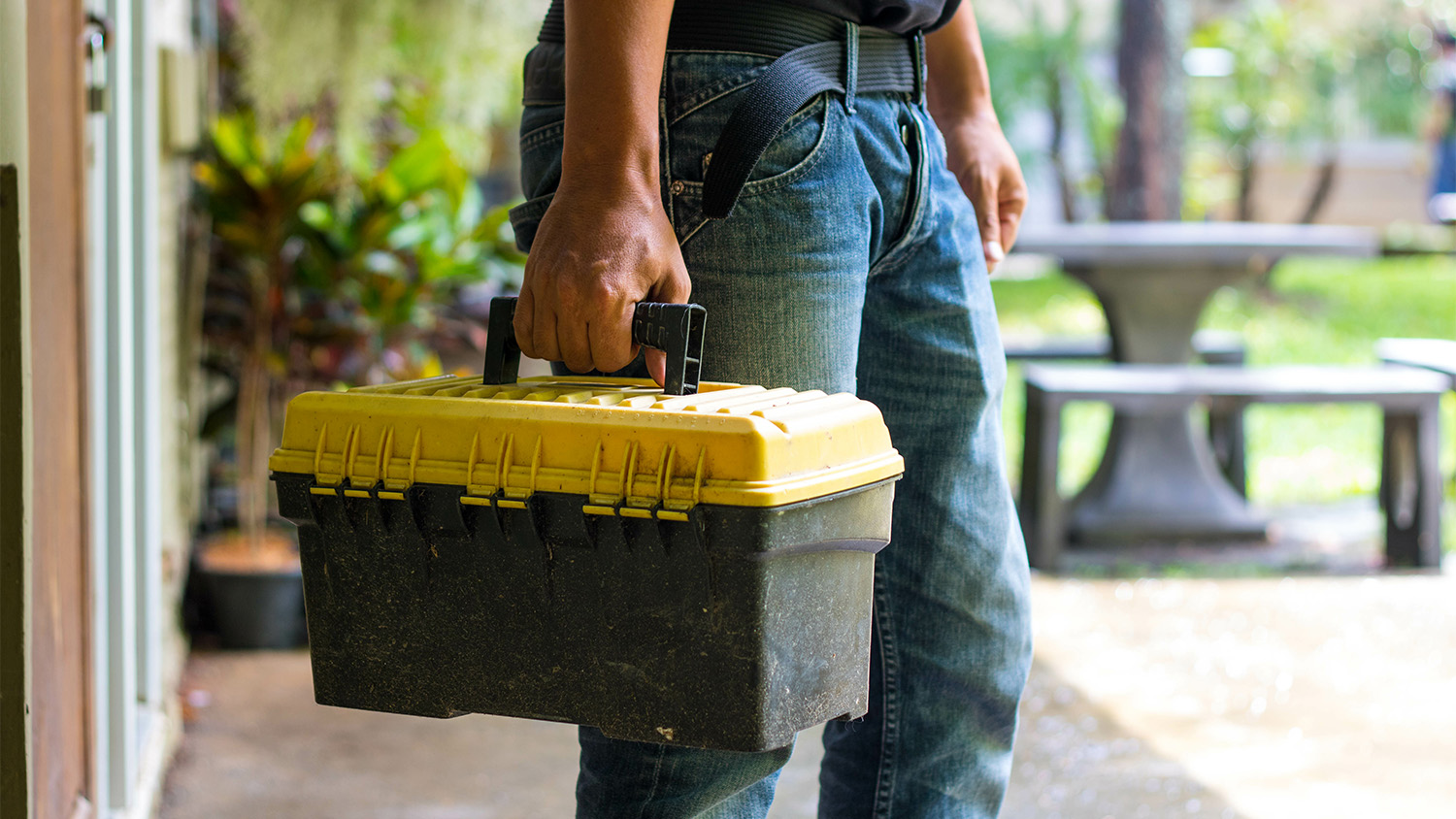
A bidet—stand-alone, attachment, spray nozzle, or toilet combo—reduces toilet paper usage and saves money, but how much is a bidet? Here’s how much you’ll pay.
Handypersons bring their own tools, but you need to know these facts about materials


Artists have their easels. Astronomers, their telescopes. And handypersons will always bring their favorite power tools and hand tools to the job.
But when it comes to materials, the answer isn’t so cut and dry. You may need to supply them—especially when your handyperson doesn’t anticipate needing them in advance.

While many handypersons won’t charge you for a run to the store, others might. So don’t be surprised if the charge shows up on your bill.
Most handypersons charge $60 to $125 per hour, while others charge a flat rate (about $400 to $600, depending on your project and where you live). Before you send your handyperson out for materials, ask them if you’ll be paying their hourly rate for the trip. With an average cost of $90 per hour, you might prefer to pick up materials yourself—especially when they cost less than your handyperson’s hourly fee.
Just like contractors, a handful of handypersons might charge a materials mark-up cost between 15% to 50%. The markup usually depends on:
The scope of your project
Labor costs
Size and weight of materials
For example, handypersons will charge a higher markup for a few sheets of drywall (4 feet by 8 feet) that requires labor than smaller materials like drop cloths and tape that can easily be tossed into a shopping bag.
Even with a handyperson’s materials discount, you could end up paying the full retail price for materials—or even higher, depending on their markup percentage. A good rule of thumb: Always ask your pro in advance if they charge a markup fee and, if they do, how much that fee is.
If you have the time in your schedule and the handyperson allows customers to pick up materials, you may want to get them yourself to keep your bill down. Ask your handyperson for a list of the items they need.
If you’re an avid DIYer, you might have all the materials you need already tucked away in your garage or shed. Work with your pro to see if you can offset any materials costs with what you already own.
Remember that consistent communication with your handyperson is key. When you’re first searching for a local handyperson to work with, communicate your needs and have a clear understanding of what you’re going to pay for materials.
From average costs to expert advice, get all the answers you need to get your job done.

A bidet—stand-alone, attachment, spray nozzle, or toilet combo—reduces toilet paper usage and saves money, but how much is a bidet? Here’s how much you’ll pay.

A bidet—stand-alone, attachment, spray nozzle, or toilet combo—reduces toilet paper usage and saves money, but how much is a bidet? Here’s how much you’ll pay.

Learn how much it costs to board up a window to buy yourself some time and maintain home security while you wait for the permanent repair.

For homeowners who struggle to keep up with household chores, or those whose health prevents them from doing certain tasks, hiring help with chores around the house can be a huge help.

Unmounting a TV is much easier than mounting it. Grab your screwdriver and a friend and follow these steps to learn how to take a TV off a wall mount.

Before starting a project, it’s important to decide whether you buy or rent tools. The best option will depend on what you’re doing and the project magnitude.